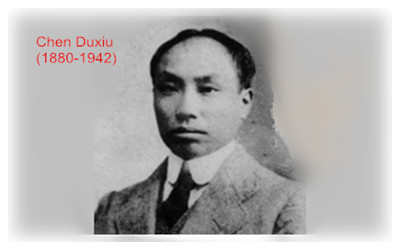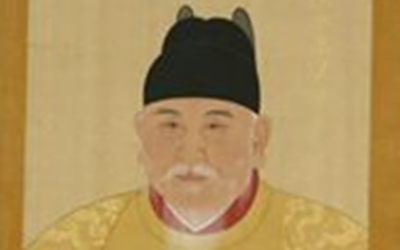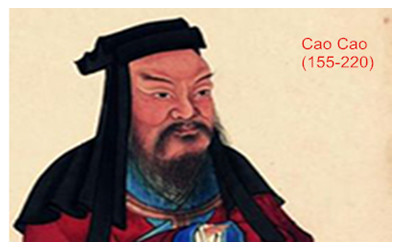Skype: neodalle-travel
Tel: +86 135 7447 2266
E-mail: sales@zhangjiajieholiday.com

Anhui Province was established in the sixth year of the Reign of Kangxi Emperor of the Qing Dynasty (1667AD). Anhui, the name of the province, is a portmanteau word combining the first characters of Anqing and Huizhou. Because there was an ancient state named “Wan” during the Spring and Autumn Period (722-481 BC) and a mountain called “Wanshan” in the province, Anhui is called “Wan” for short.
It governs 16 cities, 62 counties, 43 county-level districts and 1,522 townships and sub-district offices. By the end of 2018, the total number of registered population in Anhui had reached 70.829 million.
[Historical Evolution] Anhui is one of the most important cradles of China's pre-historical civilization. It has been discovered that even 2.5 million years ago, human beings already inhabited the site in the Inverted V Cave (the shape of the Chinese character of "man") in Fanchang County. The Hexian County's Sinanthropus Site of the Paleolithic Age (300,000 or 400,000 years ago) was excavated in the Dragon Pool Cave of Hexian County. These excavations have demonstrated that many generations of people have lived in this area since remote antiquity. During the Neolithic Age (between 4,000 and 10,000 years ago), Anhui belonged to the cultural domains of Yangshao, Longshan, Qingnianand Veined Chinaware.
The Xuejiagang Site, excavated in Qianshan County, has a long history of about 5,000 to 6,000 years. This ancient cultural site, revealing mostly Neolithic relics, is of great importance in the research of the primitive culture in the middle and lower reaches of the Yangtze River.
Yu, the historical reputed founder of the Xia Dynasty (about 2070-1600 BC), had a close relation with Anhui. According to the historical records, Yu met with local lords at Tushan and all the lords paid tributes to him. Archeological research reveals that this historic event happened in today’s Bengbu.
Bozhou was once the capital of the Chengtang State in the Shang Dynasty (between 1,600 to 1,046 BC), while the ancient Shouchun (today's Shouxian County) was the capital of the late Chu State in the Warring States Period (475-221 BC). The ancient copper tripod caldron excavated from the tombs of the Chu State is just little lighter than Houmuwu square cauldron, a bronze cooking vessel with two loop handles and four legs, of the Shang Dynasty.
In the Qin Dynasty (221-206 BC), according to the administrative division at that time, the area north to the Huai River belonged to Tang Prefecture and Sishui Prefecture, the area between the Huaihe River and the Yangtze River belonged to Jiujiang Prefecture, and the area south to the Yangtze River belonged to Zhang Prefecture. During the East Han and West Han dynasties (206BC-220 AD), Anhui belonged to Yang, Yu, and Xu prefectures. In the period of the Three Kingdoms (220-280 AD), Anhui was dominated by the State of Wu and the State of Wei, and was a battle field innumerable times. In the period of the Jin Dynasty (265-420 AD), Southern and Northern dynasties (420-589 AD) and the Sui Dynasty (581-618 AD), Anhui belonged respectively to Yang, Xu and Yu prefectures. In the Song Dynasty (960-1279 AD), Hui merchants flourished quickly, the economy and culture of Hui Prefecture created great influence on the whole nation.
In the Yuan Dynasty (1206-1368 AD), Anhui was governed by Henan Province, Jiang and Zhe administrative provinces. In the Ming Dynasty (1368-1644 AD), Anhui was under the direct administration of the Capital of Nanjing, and the province was subdivided into seven prefectures and four counties: Anqing, Huizhou, Ningguo, Chizhou, Taiping, Luzhou and Fengyang prefectures, and Chu, He, Xu and Guangde counties. In the Qing Dynasty (1616-1911 AD), Anhui was set up as a province with eight prefectures and five counties: Huizhou, Ningguo, Chizhou Taiping Anqing, Luyang, Fengyang, Yingzhou prefectures, and Guangde, Chu, He, Lu'an counties. At the beginningof the Republic of China (1912-1949), Anhui was divided into Wuhu, Anqing, and Huaisi prefectures.
After the founding of the People's Republic of China in 1949, Anhui was divided into the two prefectures: Northern Anhui and Southern Anhui, with Hefei as the capital of Northern Anhui and Wuhu the capital of Southern Anhui. In 1952, North Anhui and Southern Anhui were merged to form Anhui Province, and Hefei was selected as the provincial capital city.
Celebrities in Anhui
 |
 |
 |
| Chen Duxiu 陈独秀 | Zhu Yuanzhang 朱元璋 | Cao Cao 曹操 |
 Ask Questions ?
Ask Questions ?